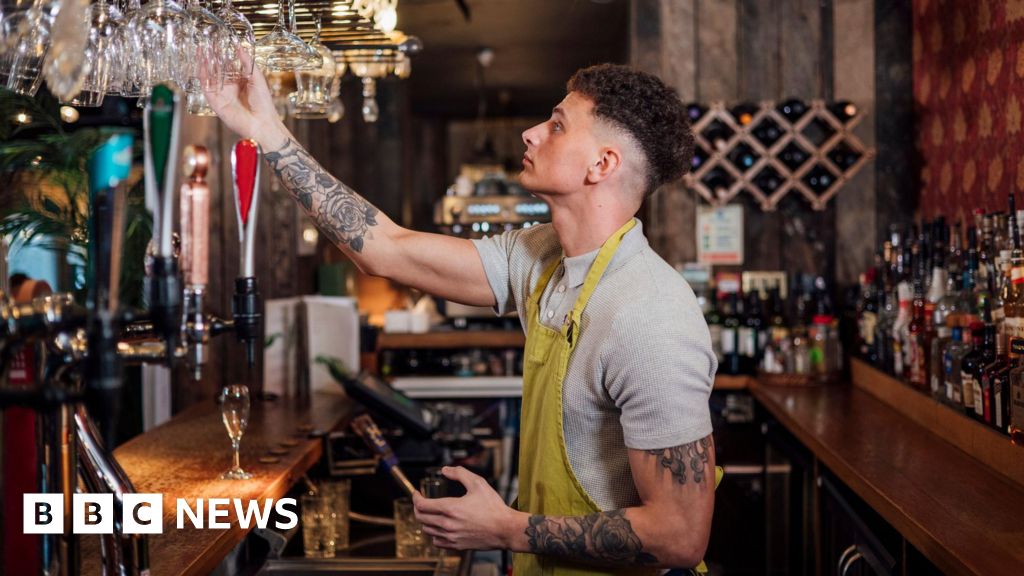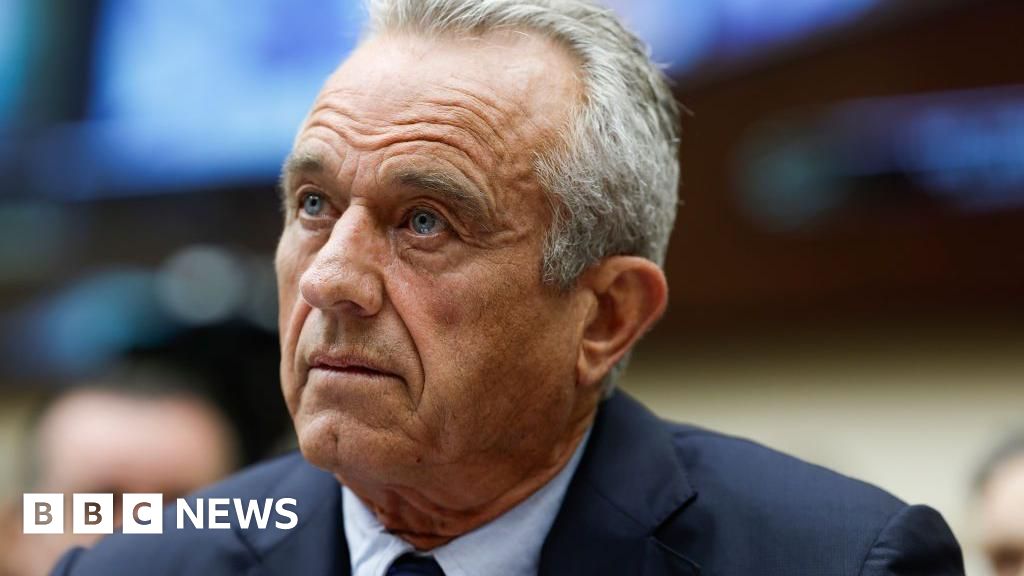Unlock the Editor’s Digest for free
Roula Khalaf, Editor of the FT, selects her favourite stories in this weekly newsletter.
A British cargo ship has sunk in the North Sea after a pre-dawn collision in one of the world’s busiest shipping lanes, with four members of its crew thought by German authorities to be trapped inside its hull.
Two sailors were rescued after being found adrift at sea and are receiving medical treatment ashore in Germany. Another was confirmed to have died. His body was recovered shortly before noon on Tuesday.
The 91-metre Verity, a coastal trading vessel, collided with the larger freighter Polesie at 5am in the German Bight, the shallow south-eastern part of the North Sea, 12 nautical miles south-west of the German island of Heligoland, Germany’s Central Command for Maritime Emergencies (CCME) said.
The Verity, a British-flagged craft built in 2001, was carrying a cargo of steel coils from the German port of Bremen to Immingham on the Humber estuary in the UK.
“The Verity sank as a result of the collision,” said CCME, which is based in the north German port town of Cuxhaven, not far from the scene of the accident.
An 11-nautical-mile exclusion zone has been set up around the location of the Verity, whose signal went dead at 5:20am.
Nine ships and search aircraft, including a German navy helicopter and a P&O cruise liner, spent the day scouring the sea off the north German coast for the missing crew.
The rescue team concluded mid-afternoon that it was possible the remaining four sailors may have been trapped inside the hull of the ship at the time of the collision and had gone down with it.
A diving operation was launched just after 3pm, after the wreckage of the Verity was located, but responders described the conditions as hazardous and visibility as extremely poor, despite the relatively shallow waters.
“The emergency services are doing everything they can to rescue the missing people,” said German transport minister Volker Wissing. “My thoughts are with the crew members, their relatives and the rescue teams who have been in action since early this morning.”
The P&O cruise liner Iona, a 344-metre vessel with room for 7,000 crew and passengers, which departed from Southhampton at the weekend for a tour of the North Sea coast, was among the first of the ships on the scene.
Doctors and medical staff on board the liner have been told to prepare to receive casualties.
With a water temperature around the rescue site of 12°C, according to authorities at the rescue site, hypothermia would be likely to cause anyone in the water without adequate protection to lose consciousness after just a couple of hours.
Conditions in the area on Tuesday morning were rough but navigable, with waves of up to 3m and winds of up to 50km an hour. There was fog limiting visibility but it is unclear how the collision could have occurred.
The Polesie, which at 190 metres in length is more than twice the size of the Verity, is still buoyant. The vessel has a crew of 22 people. It was on its way from Hamburg to the port of A Coruña in Spain.
The shipping channels around Heligoland are not normally considered to be particularly hazardous. Accidents are a relative rarity, and it has been years since an incident on the scale of Tuesday’s collision has occurred.
They are nevertheless extremely busy with shipping traffic: several sea lanes converge in the Bight to service Germany’s three biggest ports at Bremen, Hamburg and Wilhelmshaven.
Credit: Source link











